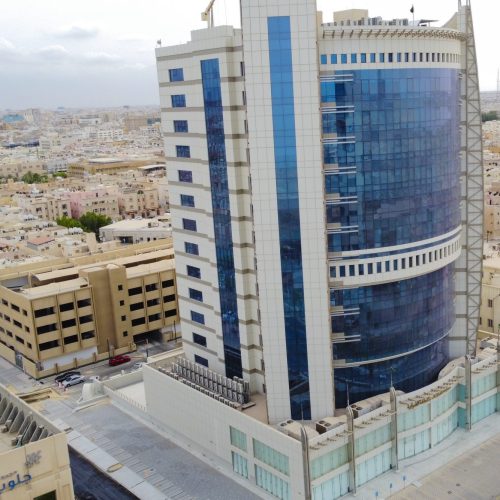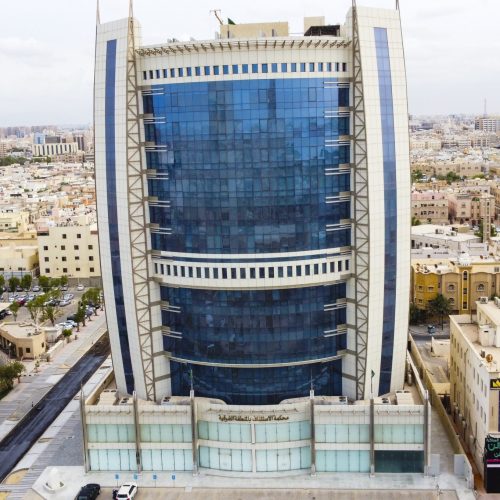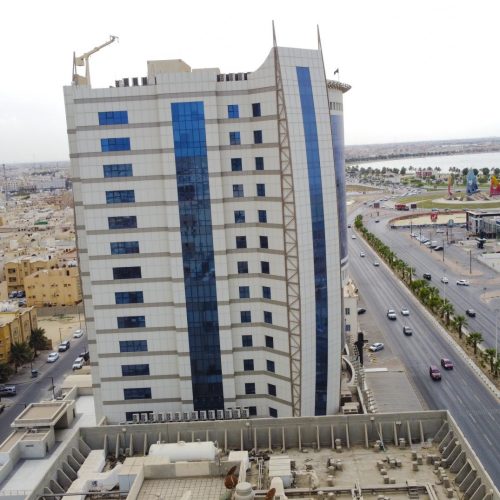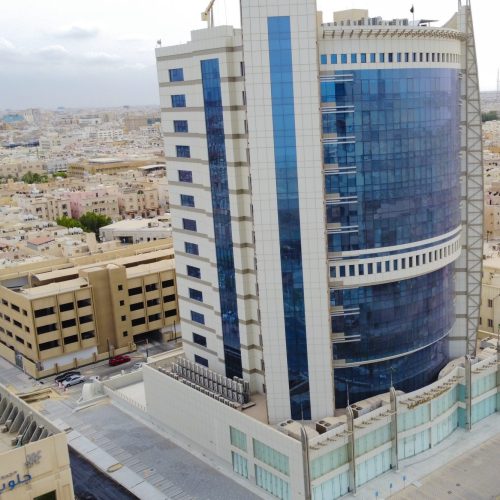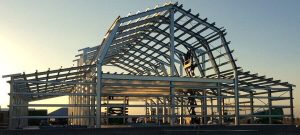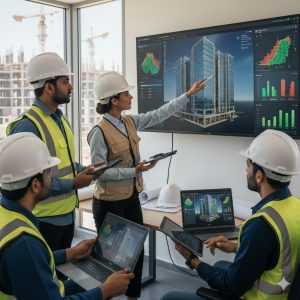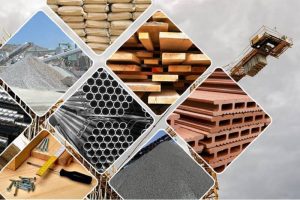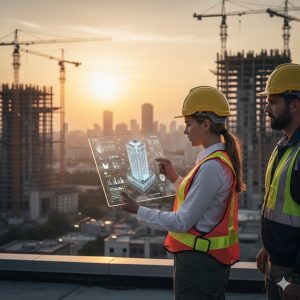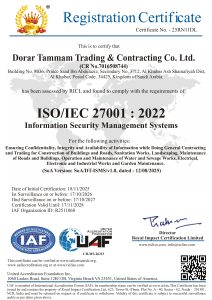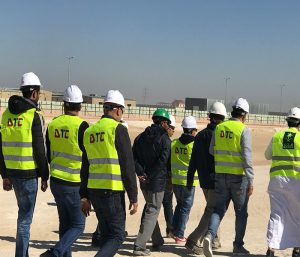Ajlan Tower Project in Dammam Successfully Delivered to Client
Dammam, Saudi Arabia – July 2, 2018 — Dorar Tammam Construction (DTC) is proud to announce the successful completion and handover of the Ajlan Tower project, a prominent new addition to the Dammam Corniche skyline.
Located in one of the city’s most iconic and rapidly developing areas, the Ajlan Tower stands near several landmark buildings and now takes its place as a distinguished symbol of modern design and construction excellence.
DTC has officially delivered the completed project to the client, marking the conclusion of the full scope of work. The construction was executed with precision, attention to detail, and strict adherence to quality standards, ensuring that the tower meets all technical and operational expectations.
“We are pleased to hand over the Ajlan Tower to our valued client,” said a DTC spokesperson. “The project has been completed successfully, and we are confident that the building will serve its intended purpose effectively while becoming a key part of Dammam’s architectural landscape.”
Ajlan Tower is now fully operational, offering high-end facilities and contributing to the ongoing development of the Dammam Corniche area, which continues to attract business and tourism interest.
This successful delivery reaffirms Dorar Tammam Construction’s reputation as a leading construction firm committed to excellence, timely delivery, and client satisfaction.
Tower Construction and MEP Works: Building the Backbone of Modern Infrastructure
Introduction
Tower construction represents one of the most complex and ambitious forms of modern engineering. Whether it’s high-rise residential apartments, commercial office towers, or mixed-use developments, these vertical structures demand meticulous planning, skilled execution, and integration of essential building systems. At the heart of this complexity lies the seamless coordination between civil construction and MEP (Mechanical, Electrical, and Plumbing) works.
This article explores the critical stages of tower construction and the integral role MEP services play in delivering safe, functional, and sustainable high-rise buildings.
Tower Construction: From Ground to Sky
Tower construction typically progresses through several key stages:
1. Planning and Design
The process begins with architectural planning, structural design, geotechnical studies, and regulatory approvals. Factors such as wind loads, seismic resistance, soil conditions, and zoning regulations are considered.
2. Foundation Works
Given the load a tower must bear, deep foundations are often required. These may include pile foundations or mat slabs, designed to distribute the building’s weight over a wide area.
3. Structural Framing
High-strength concrete or steel frames are used to construct the superstructure. Floor by floor, the skeleton of the tower rises, often using climbing formwork or jump form systems to speed up vertical construction.
4. Façade and Enclosure
Curtain walls, glass panels, or precast concrete panels enclose the tower, ensuring weather resistance, energy efficiency, and aesthetics. Meanwhile, temporary systems like hoists and scaffolding support ongoing work.
Integration of MEP Systems
MEP works are fundamental to the functionality of a tower. These systems are integrated throughout the construction phases, often beginning before the structure is complete.
1. Mechanical Systems
-
HVAC: Heating, ventilation, and air conditioning systems ensure indoor comfort and air quality. In tall towers, variable refrigerant flow (VRF) or centralized chilled water systems are commonly used.
-
Fire Protection: Sprinkler systems, fire pumps, and smoke extraction systems are installed to meet safety codes.
-
Elevators and Escalators: Vertical transportation systems must be planned and integrated early, including the construction of core shafts and machine rooms.
2. Electrical Systems
-
Power Distribution: Transformers, switchgear, and panel boards distribute electricity throughout the tower.
-
Lighting: Interior and exterior lighting systems are designed for energy efficiency and aesthetics, often using LED and smart controls.
-
Backup Systems: Generators and UPS systems ensure critical functions remain operational during power outages.
3. Plumbing Systems
-
Water Supply: Towers require booster pumps and water tanks to maintain pressure across all floors.
-
Drainage and Waste: Gravity and pumped drainage systems ensure efficient waste removal, with venting systems to prevent pressure buildup.
-
Special Systems: Depending on the building type, additional systems like greywater recycling, rainwater harvesting, or centralized hot water supply may be included.
Coordination and Challenges
One of the key challenges in tower construction is MEP coordination. With limited space in ceiling voids, shafts, and risers, careful 3D modeling using Building Information Modeling (BIM) is essential. This helps prevent clashes between systems and streamlines installation.
Other challenges include:
-
Logistics management in constrained urban environments
-
Safety compliance during high-altitude work
-
Schedule synchronization between civil and MEP teams
Final Commissioning and Handover
Once all systems are installed, thorough testing and commissioning is carried out. This includes balancing HVAC systems, testing fire alarms and sprinklers, and verifying electrical circuits. Only after successful inspections and certifications can the building be handed over to the client.


